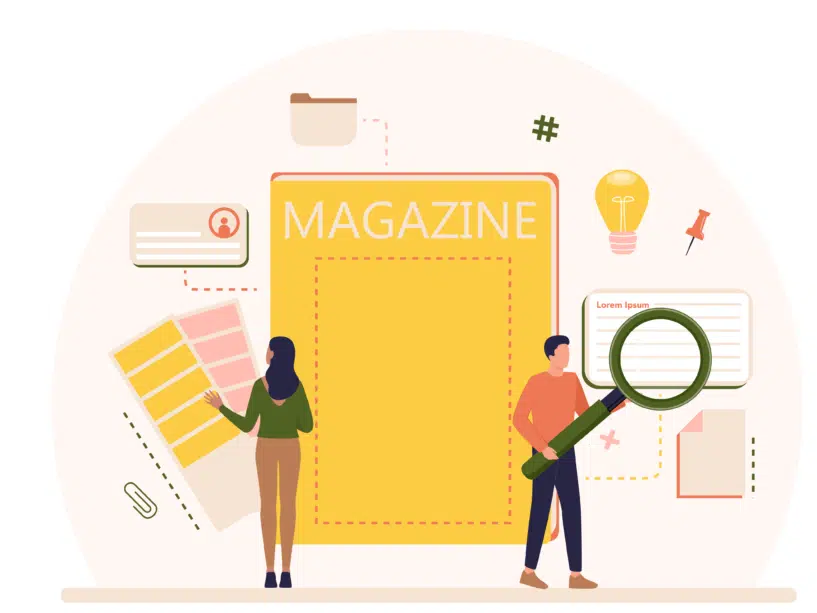4 Tips for Redesigning Your Magazine

Redesigning your magazine can be equal parts exciting and daunting. It’s a methodical process that can’t interfere with the regular production of your publication. And the results need to have staying power. Although time-consuming, the rewards are worth the effort—particularly for audience engagement. Using these four tips can make the process easier and improve your end product.
1. Imitate the Greats
If imitation is the highest form of flattery, your redesign should draw from what you like in other publications.
Cleveland Magazine recently finished its first redesign in more than a decade. Art director Erin Stinard, who led the effort, said, “Texas Monthly, Entertainment Weekly and GQ are the three publications that I look at the most. Their use of white space and typography treatments are what I turned to for inspiration.”
Ultimately, Cleveland leaned heavily on incorporating more white space. “Giving the eye a place to rest on the page makes the experience of reading a print magazine more enjoyable and less cluttered like other forms of media,” Stinard said.
2. Look to the Past
Don’t limit your design inspiration to current publications. Drawing from magazines—or art, architecture and fashion—from decades ago can help inform the look and feel of your new design.
For the modernist magazine, which commemorated its 40th anniversary with a redesign this year, designer Trevor Johnson pulled from a wide range of influences. That’s in part because of Johnson’s varied career: He’s designed record sleeves, branded a nightclub and worked with organizations ranging from Manchester United Football Club to the Manchester City Council. In talking about the publication’s redesign with Creative Boom, he said: “For me, if it’s about celebrating modernism in taking influences from the ‘50s, ‘60s and ‘70s Swiss and Italian publications, then those classic references should be reflected in the overall style.”
3. Judge by the Cover
The magazine cover is the highest-contact page of the magazine, and it’s essential to get it right. But that doesn’t mean you have to play it safe.
When Austin Monthly redesigned its publication in 2020, the editorial team opted for a lowercase spelling of “Austin.” According to Editor-in-Chief Chris Hughes, “The first thing you’ll notice is the drastic new changes to the logo. What was once a stolid, regimented, all-caps spelling of Austin Monthly is now lowercase, including the ‘a,’ which is meant to embody Austin’s simultaneous quirkiness and boldness.”
For The Big Issue’s redesign, which was finished last November, editors took a similar gamble on the cover.
“We started with the cover design; we made it bold and arresting,” Editor Paul McNamee said. “We wanted to ensure that it can deliberately be seen on the street from 50 feet away. This is vital, as our vendors have always told us the more noticeable the cover is, the more likely they are to sell it.”
4. Consider a Flexible End Date
Often, redesigning a magazine is a matter of urgency: Once the overhaul decision is made, there’s a desire to be rid of the past design as quickly as possible.
But letting the redesign process simmer can allow for all ideas to be incorporated.
For Fast Company’s 2020 redesign, editor Mike Schnaidt left the completion date open-ended. “This would allow my crew the essential time to experiment and be as creative as possible,” he wrote about the process.
The methodical approach allowed art directors to pull visual references, with editors finding common ground among each person’s mood board. The extended timeline allowed for revisions, too. When editors realized they were changing up too many elements, they were able to pull back by reflecting on Fast Company’s three visual principles of “sophisticated,” “playful” and “gender-neutral.”
“Using these principles as our North Star would ensure that we made strategic visual decisions for the Fast Company audience,” Schnaidt said.

